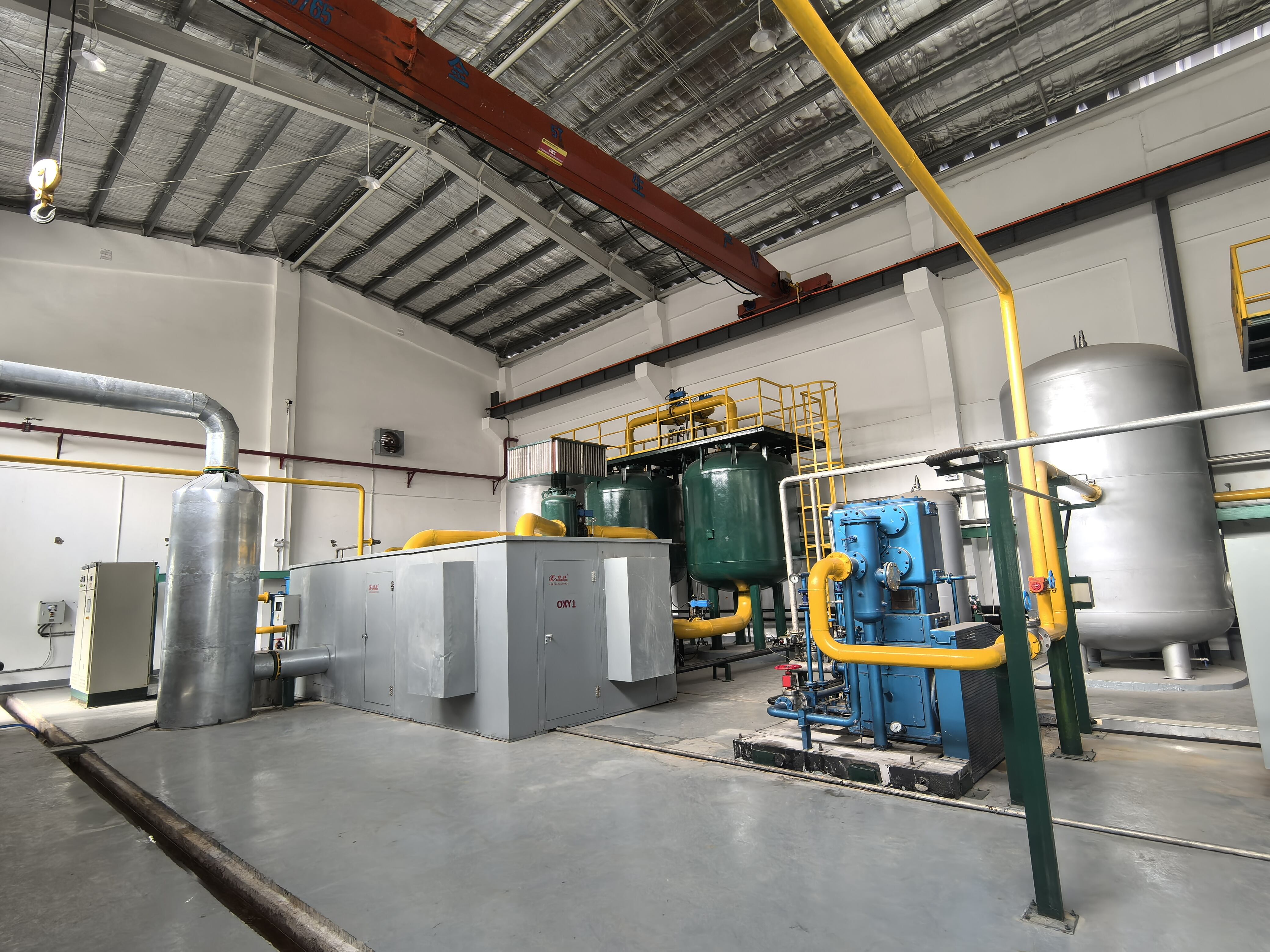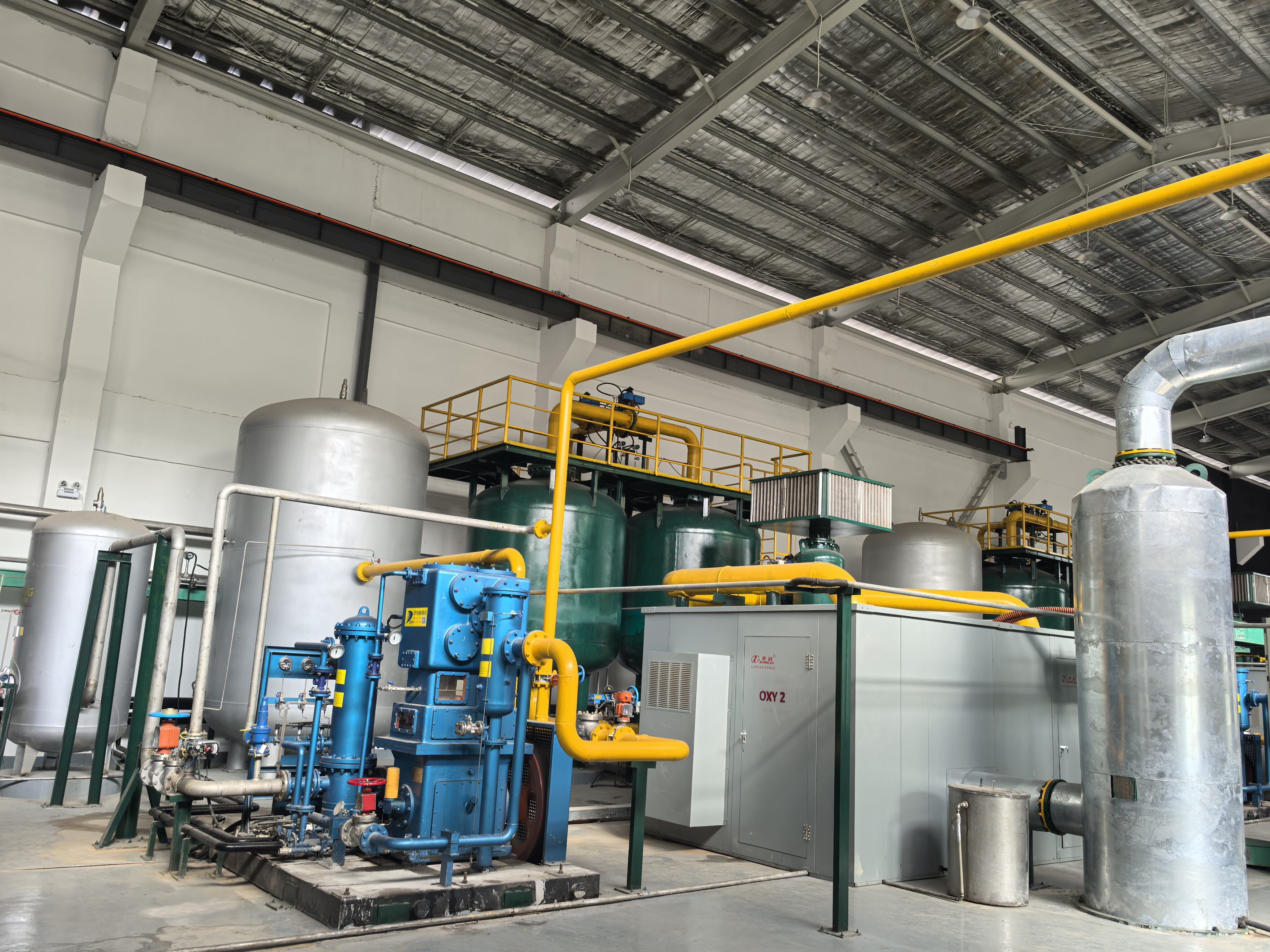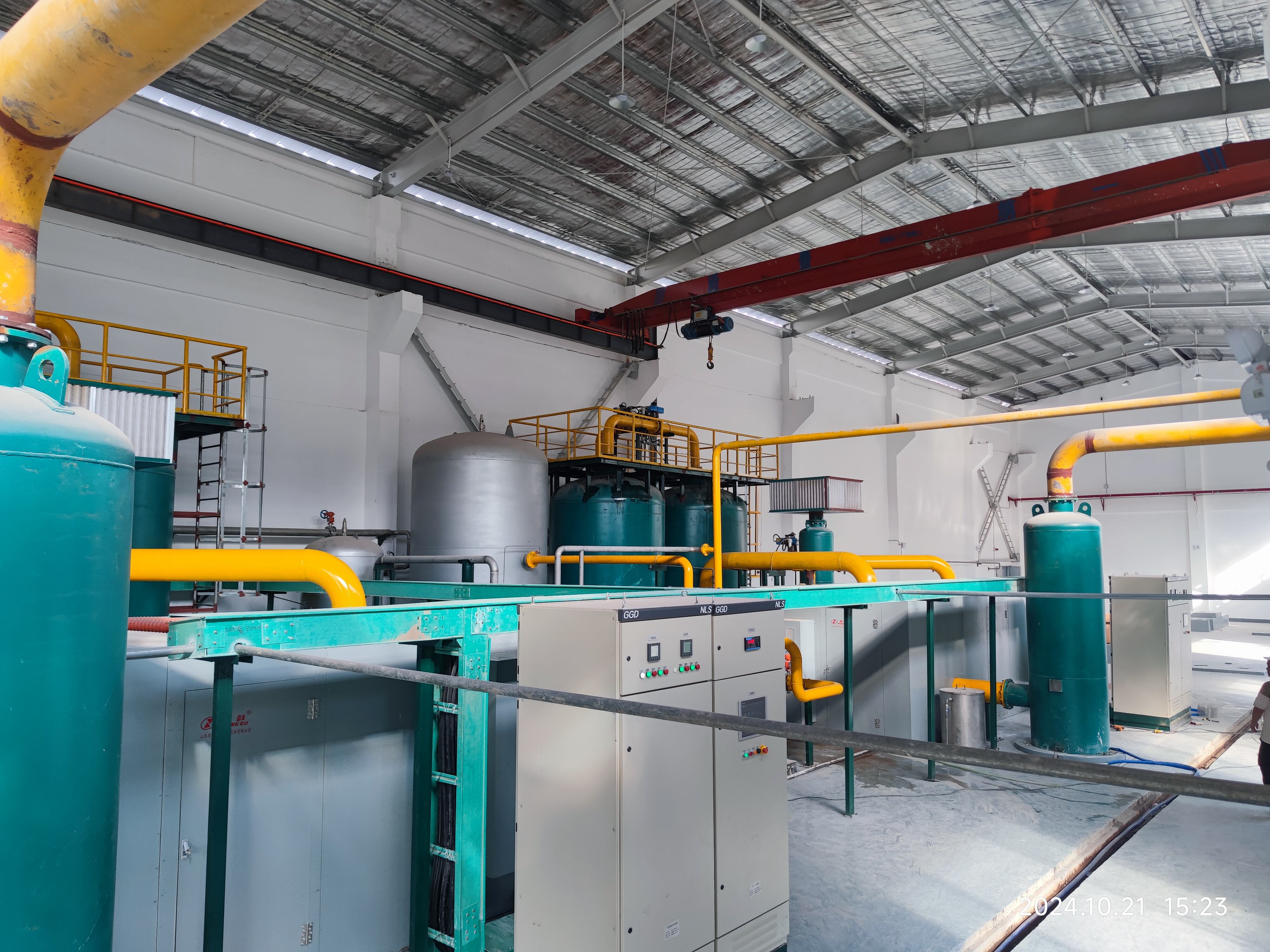зөөлөн нягт дамжуулах adsorption хөдөө
Вакуумын өссөн шинжлэх ухаан (VPSA) нь оройн үйлдвэрлэлийн хамгийн сонирхолтой арга бөгөөд ихэнхээс нь чухал, зөвхөн оройн үйлдвэрлэлийн тулд зориулсан арга юм. Энэ систем нь молекулар sieve материалуудыг ашиглан газрын агаарын хувьд оройг нь давтаж авахад ашигладаг. Ажиллах процессын хоёр гол үе байдаг: өссөн болон вакуумын дасгал, эдгээр нь давхцаж ажиллахад тусалж, оройн үйлдвэрлэлийг тасралтгүй байдлаар үзүүлдэг. Ажиллахдаа газрын агаарыг дарсан болгон суурин дотор хөрөнгө оруулж, энд молекулар sieve-үүд нь нитрогентийг дагаж авч, орой нь дуусахгүй гарч ирнэ. Дараа нь систем нь вакуум үеийн туршлагаар sieve материалыг дахин ашиглахад хийж, дараах циклыг хийхэд бэлтгэнэ. Үнэн зөв VPSA системүүд нь оройн чистлэлийн түвшинг 95%-аас ихээр хүртэл хүртэл үзүүлж болно, энэ нь ихээхэн зориулалтаар аж ахуйн, эмчилгээний, коммерчийн ашиглаагүйгээр тохиромжтой байдаг. Энэ технологи нь ажиллах параметрүүдийг реаль цагт мониторлоход тусалж, үр дүнгийн ялгаатай байдлыг тогтоож, оптимал энергийн ашиглалтыг хангаж байна. Энэ нь өөртөө бүтээгдэхүүн систем бөгөөд тодорхой хэмжээний хэрэглээний үед зөвхөн аюулгүй байдлыг хангаж, традиционал оройн үйлдвэрлэлийн арга замд нь харьцуулахад аж ахуйн үнэлгээ, тогтмол байдлын хувьд ихэнхээс их хамааралтай.


